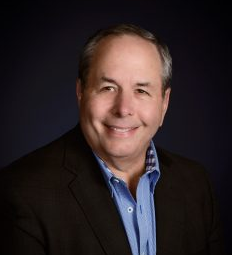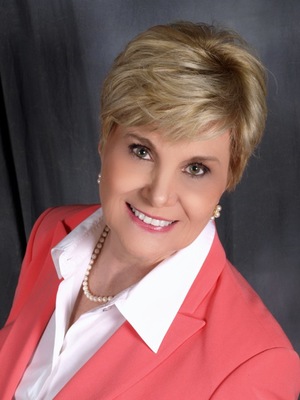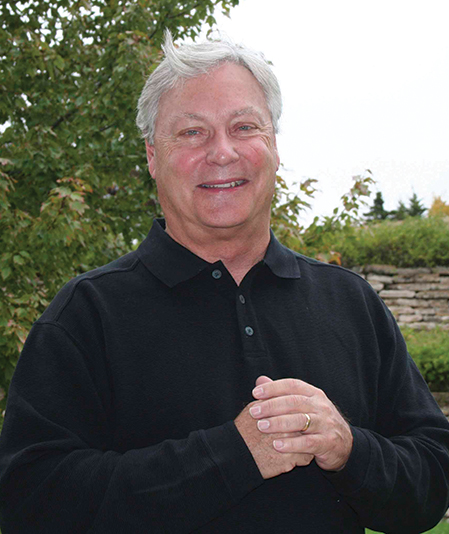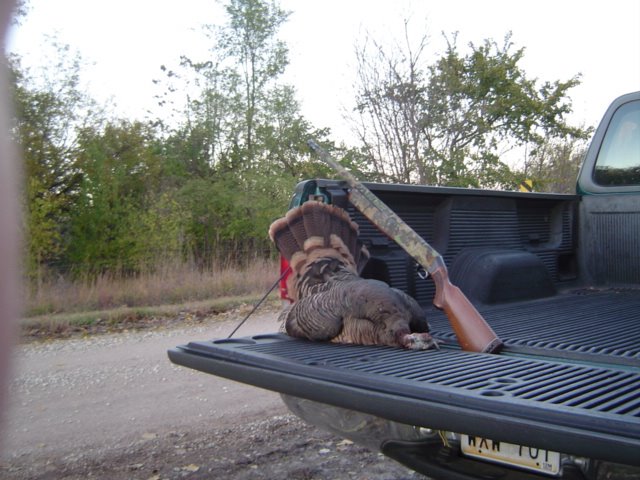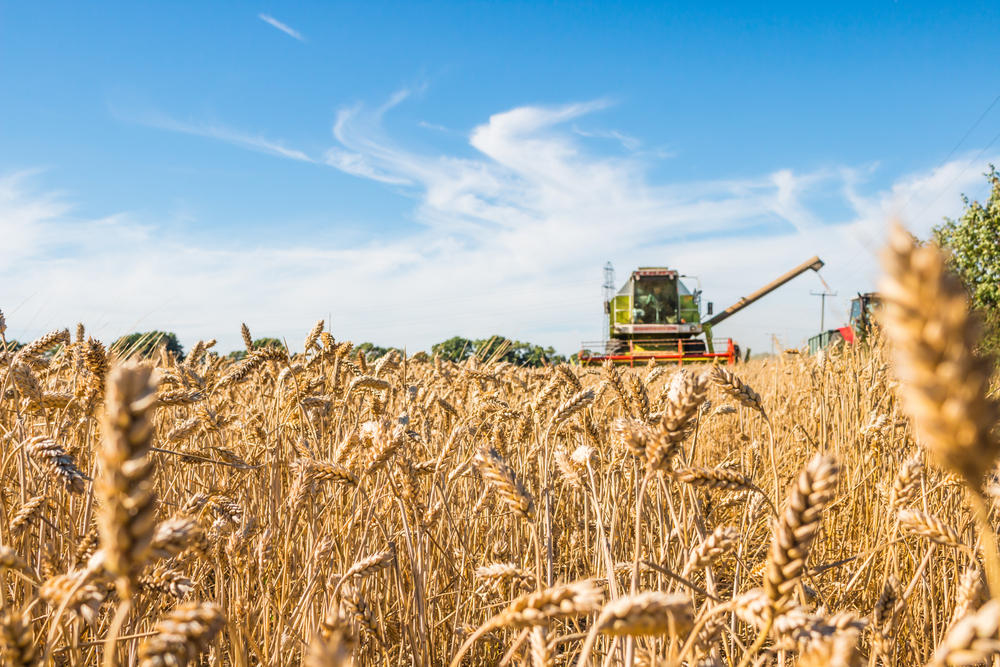
By RON WILSON
Huck Boyd National Institute for Rural Development
“Shop. Eat. Repeat.” That is a nice, simple set of instructions, and so easy that even I could follow them. Those words have become the slogan of a new coalition of farmers markets which is marketing local goods in northeast Kansas.
Kathy Youngquist is a volunteer with the Perry-Lecompton Farmers Market, part of a new coalition called Farmers Markets of Kaw Valley. Kathy is from Prairie Village originally. She went to the University of Kansas, did graduate work and met and married Eric Youngquist. They moved to Perry, where she took a position with First State Bank & Trust and became interested in farmers markets.
In 2006, her husband Eric and a group of volunteers created the Perry-Lecompton Farmers Market. Eric volunteered as market manager. Local producers brought in products to share. The weekly market now operates at the corner of a main road to Lake Perry, which attracts visitors going to the lake in addition to local customers.
“We want to support local foods and local growers,” Kathy said. The oldest farmers market in Kansas is in Lawrence. “We haven’t been going as long as that market, so ours is smaller which makes it a little bit easier for a person who is just starting to try it,” Kathy said. “My husband compares our market to an incubator for small businesses.”
For example, one person started bringing baked goods to the Perry-Lecompton Farmers Market. She expanded her business over time and now sells in local grocery stores. Another person started selling soaps at the market and now sells them to businesses as gifts for their customers during the holidays.
The market’s website is www.perrylecomptonfarmersmarket.com.
The Perry-Lecompton school district reaches into both Jefferson and Douglas counties, which expands their connections. Douglas County formed the first Food Policy Council in the state, chaired by Marlin Bates, who was then an extension agent for K-State Research and Extension – Douglas County. Bates is now director of that office. That council then received a USDA farmers market promotion grant which led to several recommendations, including a suggestion that the markets work together to increase their customer bases.
“The leaders of each of the farmers markets in the Douglas County region got together to see how we could support each other,” Kathy said. Between them, there is literally a farmers market open almost every night of the week.
In addition to the original downtown Lawrence market, there is one at the Clinton Parkway Nursery and a year-round market at Cottin’s Hardware store. That one moves indoors during the winter months. There are also farmers markets at more rural locations such as Eudora and Perry-Lecompton. Perry has a population of 929 and Lecompton has a population of 637 people. Now, that’s rural.
“We recognized that we could have greater advertising power by working together,” Kathy said. In March 2017, they joined in a collaboration called Farmers Markets of Kaw Valley. Working with the visitors bureau called Unmistakably Lawrence, a new website was created which promotes all six of the farmers markets along this part of the Kansas River valley. The website is www.fmkawvalley.org. It uses the marketing theme: Shop. Eat. Repeat.
“We’re all still independent markets, but as a group, we can be stronger,” Kathy said. “It’s nice to share ideas and not have to re-create the wheel.” The shared marketing effort has helped increase customers and vendors. “We’ve been able to nearly double market attendance.”
Extension played a pivotal role in creating the new coalition of farmers markets. “We’ve been really appreciative of the extension office and the Douglas County Food Policy Council Grant,” Kathy said.
The new website features informational videos plus specifics on the time, location, and focus of each market. For example, Perry-Lecompton might be more practical for start-up businesses, while the downtown Lawrence market includes local artists, musicians, and community groups.
We salute Kathy Youngquist and all those involved with Farmers Markets of Kaw Valley for making a difference by working together to promote local foods and growers, while benefitting consumers with fresh products and an improved local economy. I plan to follow their instructions: Shop. Eat. Repeat.

